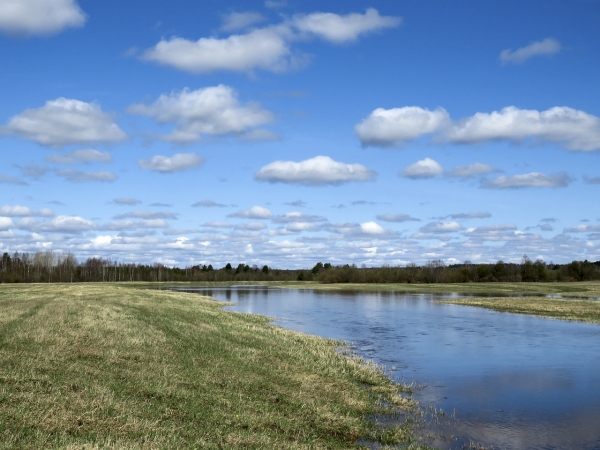New England is warming faster than any other part of the United States due to climate change. Part of the havoc a warming world wreaks is on the “water budget”—the frequency, timing and amount of precipitation, where that moisture goes once it lands, how it interacts with trees and plants, how much evaporates and how it eventually seeps into the ground and flows as subsurface water. Thanks to a $498,999 grant from the United States Geological Survey (USGS), David Boutt, professor in the Department of Earth, Geographic and Climate Sciences at the University of Massachusetts Amherst, will spend the next three years building advanced integrated hydrologic models that will allow New England to predict with spatial precision how the region’s water budget will change in the coming years.
“We’re 30–40 years into significant changes to New England’s climate,” says Boutt, “and we’re seeing marked shifts in everything from the water table, which is rising throughout the region, to the intensity of rainstorms, which are getting fiercer, to the length and timing of droughts.”
Traditionally, most hydrologic research in the U.S. has focused on the arid parts of the country, but, notes Boutt, “especially in the wake of the devastating floods that hit Vermont and Western Massachusetts the last few summers, the USGS is proactively meeting the need New England has for advanced research.”
Photo Credit: sergei_spas via Pixabay
Sci/Tech Top Stories Climate

